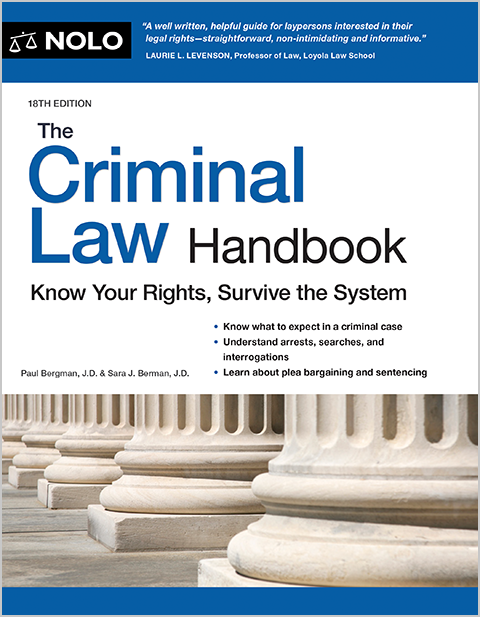Use the BAC chart to estimate your blood alcohol level after a certain number of drinks.
The alcohol a person drinks is absorbed by the body and eventually ends up in the bloodstream. The amount of alcohol in a person's bloodstream—measured as blood alcohol concentration (BAC)—is directly related to the level of impairment. Because of this relationship between BAC and impairment, all states make it illegal to drive if your BAC exceeds a certain level.
Understanding BAC and Intoxication
The BAC chart below can give you a rough idea of what your BAC might be after a certain number of drinks. However, everyone metabolizes alcohol differently, and there are lots of factors that can affect the rate at which this happens. So, while this table can give you an estimate of BAC, a direct measurement of your blood or breath is the only way to be reasonably sure of how much alcohol you have in your system. In other words, don't rely on this chart to determine when you're safe to drive. If you've been drinking alcohol or using any other intoxicating substances, don't get behind the wheel.
Using the Chart to Estimate Your BAC
Many people want to know how many drinks it takes to get to .08% (the BAC limit in all but one state). This chart (which is based on the chart published by the California Department of Motor Vehicles) shows estimated BAC levels based on the number of drinks consumed and the person's sex and weight. You'll note at the bottom it says to subtract a certain amount from the BAC for every 40 minutes that have lapsed between drinks. The subtraction is to compensate for the metabolization that occurs after you consume alcohol. In other words, after the alcohol is absorbed into your system, it starts to dissipate, and your BAC drops. Again, this chart is only an estimate and shouldn't be relied on to determine whether you can legally drive.
The BAC Chart
|
Number of Drinks |
Body Weight in Pounds |
Driving Condition |
||||||||
|
100 |
120 |
140 |
160 |
180 |
200 |
220 |
240 |
|
||
|
0 |
M |
.00% |
.00% |
.00% |
.00% |
.00% |
.00% |
.00% |
.00% |
Safe to Drive |
|
W |
.00% |
.00% |
.00% |
.00% |
.00% |
.00% |
.00% |
.00% |
||
|
1 |
M |
.06% |
.05% |
.04% |
.04% |
.03% |
.03% |
.03% |
.02% |
Impaired |
|
W |
.07% |
.06% |
.05% |
.04% |
.04% |
.03% |
.03% |
.03% |
||
|
2 |
M |
.12% |
.10% |
.09% |
.07% |
.07% |
.06% |
.05% |
.05% |
|
|
W |
.13% |
.11% |
.09% |
.08% |
.07% |
.07% |
.06% |
.06% |
||
|
3 |
M |
.18% |
.15% |
.13%% |
.11% |
.10% |
.09% |
.08% |
.07% |
|
|
W |
.20% |
.17% |
.14% |
.12% |
.11% |
.10% |
.09% |
.08% |
Above the Legal Limit |
|
|
4 |
M |
.24% |
.20% |
.17% |
.15% |
.13% |
.12% |
.11% |
.10% |
|
|
W |
.26% |
.22% |
.19% |
.17% |
.15% |
.13% |
.12% |
.11% |
||
|
5 |
M |
.30% |
.25% |
.21% |
.19% |
.17% |
.15% |
.14% |
.12% |
|
|
W |
.33% |
.28% |
.24% |
.21% |
.18% |
.17% |
.15% |
.14% |
||
|
Subtract .01% for every 40 minutes that lapse between drinks. One drink equals 1.5 ounces of 80 proof liquor, 12 ounces of 5% beer, or 5 ounces of 12% wine. |
||||||||||
BAC and State DUI Laws
In every state, you can get a DUI for operating a vehicle with a BAC of .08% or more. (Utah goes a little further by setting the legal limit at .05%.) Some states also have lower-level intoxicated driving offenses with penalties that aren't as severe as the typical .08% DUI. For instance, Colorado has a lesser charge called driving while ability impaired (DWAI). A driver is presumed to be DWAI if a chemical test shows a BAC of more than .05% but less than .08%. The penalties for a first DWAI are almost as severe as a first DUI, and the penalties for second and subsequent DWAIs are the same as second and subsequent DUIs. (Colo. Rev. Stat. §§ 42-4-1301, 42-4-1307 (2025).)
For underage drivers, the BAC limits are much lower than those for drivers who are at least 21 years old. Depending on the state, the legal limit for drivers who are younger than 21 years old might be .01%, .02%, .03%, or any measurable amount of alcohol.
Many states also impose more severe penalties in DUI cases where the BAC is especially high. For instance, some states (like Arizona and Alabama) punish DUI convictions more harshly when the driver's BAC is .15% or more.
Getting Help
If you've been charged with DUI and believe the chemical test results are incorrect, you should speak with an attorney licensed in your state who focuses on DUI defense. An attorney might be able to help you challenge the accuracy of the test.
